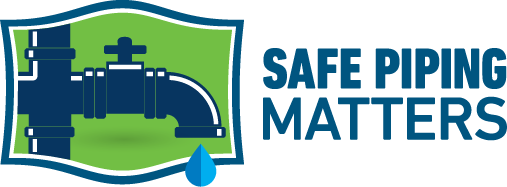Extended Producer Responsibility: A Problem for Plastics

As we move toward more responsible management of natural resources and the environment, companies cannot continue ignoring the full impacts of the goods they produce. This means not only accounting for the costs of creating the materials and making products, but also dealing with disposal after use.
We all pay for what currently isn’t covered – through depletion of limited, unrenewable materials, and through negative impacts from pollution of water, air and soil.
Extended producer responsibility (EPR) considers these previously untracked financial and environmental costs and establishes systems that will pay for them. Introduced in the 1990s by Thomas Lindhqvist, EPR seeks to make manufacturers “…responsible for the entire life-cycle of the product and especially for the take-back, recycling and final disposal.” The ultimate goal: replacing current wasteful processes with circular, sustainable ones.
Plastic has emerged as a prime focus of EPR initiatives. Here’s why:
- Virtually all plastic products get thrown away at the end of their lifecycles. The EPA reports that only 8.7% of plastic was recycled in 2018. A 2022 report from Beyond Plastics demonstrates the actual plastic recycling rate at below 6%, and cites “the material itself” as root of the problem. Plastic is not designed to be recycled.
- By contrast, the U.S. recycling rate for iron and steel was 47% and for copper, 34%. As a reference point, the Institute of Scrap Recycling Industries, producing steel from recycled ferrous scrap requires 60% less energy and reduces CO2 emissions 58% compared with virgin materials. One might expect similar savings for other materials.
- The staggering volume of plastic waste makes this issue critical. The United Nations Environment Programme estimates that the annual amount of plastic waste produced each year at “approximately 300 million tonnes… an amount equivalent to the weight of the human population. Analysts predict the global plastic market will grow 40% between now and 2028.
- Putting all this together, if plastic production and pollution both grow unchecked, plastic will remain a planetary environmental threat, driving increased petrochemical production and carbon emissions; choking air, water and soil with debris and microplastics; and impacting the health of animals. plants, and humans — researchers have found microplastics in human blood, lungs, and other organs.
Most EPR programs focus on packaging, ignoring an astounding range of longer-lived products that also enter the waste stream, from toys to tools, fashion to furnishings, and paint to pipes. Many of these products use PVC, HDPE and other plastics that can leach toxins into air and water, creating persistent environmental contamination from “forever chemicals” such as PFAS that have been shown to cause liver damage and a variety of cancers. EPR systems must address these products as well.
Producers of virgin plastic material and products made of plastic need to prepare for and participate in establishing such solutions. One such plan, the U.S. Plastics Pact, at least sets out targets – though it leaves plenty of wiggle room. For example, it sets a goal of making plastics covered by the plan 100% “recyclable.” As noted above, however, the current low recycling rate of 6% is the real challenge. And a commitment to make plastic using 30% recycled material includes a hedge permitting use of “bio-based content,” which would presumably not be recycled. This is a continuation of “promises” that in the past have mostly been lip service.
The failure of industry-driven initiatives to date is another reason EPR appears an effective option. Such programs have taken hold across Europe, where a Producer Responsibility Organization (PRO) leads recovering and recycling efforts in over 30 countries. Funded by a combination of fees paid by companies and municipalities, the Green Dot program put in place by PRO Europe has made significant progress in reducing plastic waste.
The U.S. is not as far along with regard to implementing EPR for plastics, with only two states (Maine and Oregon) starting programs. The good news, however, is that the U.S. has set up systems for other products that work well; for example helping ensure responsible disposal and recycling of items like lead car batteries, car tires, and motor oil at the end of their useful lives.
Clearly the plastics industry has much more work to do to establish recovery and recycling systems that actually work. Not to mention answering questions about the effects of chemicals in plastics on human health. Until this work is complete, companies and individuals need to consider carefully the choices they make for materials. Can they find safer, more sustainable alternatives to plastics? In many cases, the answer is yes, and Safe Piping Matters will next look at some examples.
